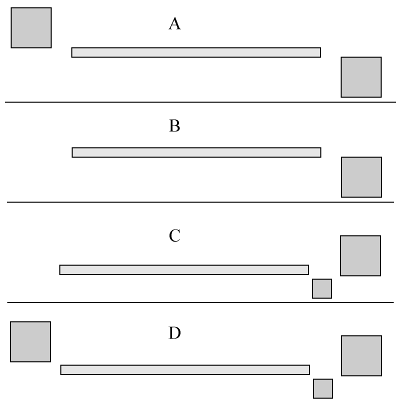Position of hydroponic nutrient tanks and catch-up tanks
Hydroponic nutrient tanks can be made from any type of material as long as it does not react or cause a reaction with the nutrient solution. For instance, galvanized tanks are not suitable if the nutrient solutions come in direct contact with the metal. If galvanized tanks are used, the plants will show a Zn toxicity within weeks since the Zn will react with the corrosive nutrient solutions. Remember, the nutrient solution is as corrosive as seawater, although slightly less salty. Concrete tanks are suitable as long as the nutrient solution does not come in contact with the concrete. The result will be a change in pH (an increase) and an increase in Ca concentration of the solution. To overcome the problem of the containers material reacting with the nutrient solution, it is best to use either plastic tanks or paint the inside of a tank with BUTAMIN.
The number of tanks to be used in a system will also depend on personal preference, topography of the land, capital available, volume of water to be circulated and size of the system. For each system one could use between one and three tanks to circulate the nutrient solution (A), (B), (C) and (D)). There are three types of tanks to be used and their purpose will depend on their position.
There are the main nutrient tanks which can be buried in the soil or above ground. These tanks can be between 2,500 L and 500,000 L. The main nutrient tank can either be positioned above soil or below soil. They can also be positioned above the hydroponic system or below. Each position in the figure below will be discussed:
- (A) – the main nutrient tank could be above or below soil level
- (B) – the main nutrient tank is below soil level
- (C) – the main nutrient tank is above soil level
- (D) – the main nutrient tank could be above or below soil level

The question arises when is a tank a nutrient tank. The nutrient tank is the tank in which the nutrients are mixed either manually (by hand) or automatically (through some automated system).
When tanks are above ground they can be larger than tanks that are below soil level. The maximum recommended tank size, below soil, would be 5,000 L. A tank this size would need a substantial hole in the ground and this is not always a practical solution. Nutrient tanks above the soil have no limits to the volume water they can hold. However, it is important to understand the advantages and disadvantages between large and small nutrient tanks.



